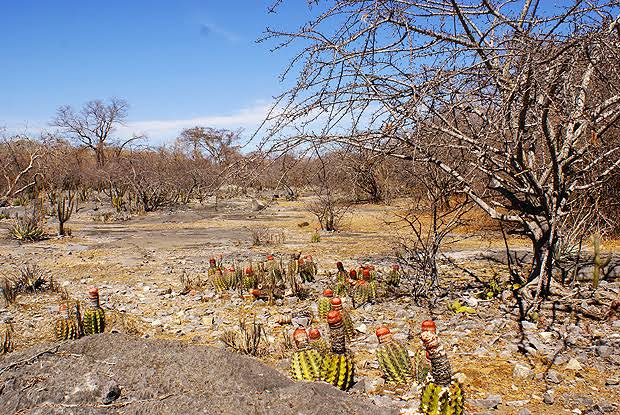
Archaeologists have made a significant discovery in Oregon, uncovering evidence that dates back over 18,000 years and could indicate that the state is home to one of the oldest
human-occupied sites in North America. The Rimrock Draw Rockshelter near Riley in Central Oregon has been a focal point for excavation efforts since 2011.
What sets this discovery apart is the consistency of the results obtained over the past 11 years. Archaeologist Patrick O'Grady, leading the excavation, expressed the site's significance, noting that it has preserved artifacts dating from approximately 7,000 to 18,000 years ago. The findings, including stone tools and tooth fragments from extinct mammals, have been made by teams from the University of Oregon's Museum of Natural and Cultural History Archaeological Field School in collaboration with the Bureau of Land Management.
Among the discoveries are fragments of camel teeth dating back over 15,000 years, found beneath a layer of volcanic ash from the eruption of Mount St. Helens. Additionally, two meticulously crafted orange agate scrapers were unearthed—one in 2012, bearing preserved bison blood residue, and another in 2015, buried deeper in the ash.
Radiocarbon dating analysis conducted by Thomas W. Stafford Jr. indicated that the mammal teeth are approximately 18,250 years old. Since the tools were found below the volcanic ash layer, the scrapers are believed to be older than the eruption and the camel teeth. This suggests that Rimrock Draw Rockshelter could potentially be one of the oldest human occupation sites in North America.
The discoveries emphasize the importance of respecting archaeological sites, as exemplified by a different site on BLM-managed public lands in western Idaho called Cooper's Ferry, previously regarded as the oldest known human occupation site in western North America. By leaving these sites undisturbed, there is a greater chance of unearthing more artifacts and gaining further insights into the region's ancient history.
O'Grady and his team plan to return to Rimrock Draw Rockshelter in the summer to continue their work, focusing on Ice Age animal remains and additional artifacts to support the findings made in 2012. The ongoing excavation provides valuable learning opportunities for students and researchers alike, enabling them to explore and convey the rich history of Oregon and North America's early human inhabitants. Photo by M.O. Stevns, Wikimedia commons.





































































